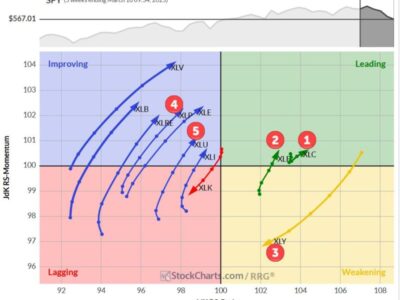
Jordan Cohen and Jonathan Ellis Allen
The Kiel Institute for the World Economy, a German think tank, has released its newest update to the Ukraine Support Tracker. This is a valuable resource that visualizes support to Ukraine from across the globe. In the latest report, Kiel claims that, based on the latest announcements, the European Union and individual European countries have committed to send double the assistance to Ukraine that the United States has.
This commitment by the Europeans is good for their security and it is also good for U.S. taxpayers who, since 2022, have shouldered the largest percentage of aid to Ukraine.
However, the main issue with this finding is that Kiel compares European multiyear commitments to single‐year U.S. commitments. In fact, the United States does not conduct multiyear arms transfers, especially when it comes to security assistance, like Europe. This is for a few reasons.
First, U.S. procurement of multiyear weapons contracts is rare and bureaucratic. According to 10 U.S.C. 3501, the United States can only legally conduct multiyear procurement of weapons under seven conditions, most of which relate to when having a multiyear contract will result in significant savings, that the cost and need for the weapon will remain the same, and that doing so will promote U.S. national security.
Finally, this can only occur when the Department of Defense receives congressional approval. Even though the 2023 and 2024 National Defense Authorization Acts allow for multiyear procurement for certain munitions to help restock U.S. munitions depots depleted since the start of the Ukraine war, the recency and limited dollar amounts authorized mean any multiyear commitments to Ukraine likely will not come for a number of years.
Second, the United States has delivered much of this aid through a mechanism known as the Presidential Drawdown Authority. This allows the United States to take up to $11 billion of existing weapons from U.S. stockpiles in any fiscal year and transfer them to a crisis situation. These weapons, therefore, can only be sent on a yearly basis.
There is no legal mechanism that Congress or the executive branch can enact that allows for multiyear drawdowns. This lack of a legal mechanism for drawdowns also holds for many other U.S. security assistance programs.
The Kiel report also misses distinction on certain other differences. For example, the report shows the differences between assistance delivered and assistance committed, but not always clearly.
Moreover, the report claims that, in terms of percent GDP, Norway is the top contributor. However, that includes all multiyear deals, compared to just one year of GDP. Doing so once again draws a miscomparison and fails to account for the still unknown future U.S. commitments.
In actual aid delivered, the United States still edges out the EU and its member states, but Europe is finally catching up. So far, the United States has delivered 69.48 billion euros. The EU and its members have delivered 69.08 billion euros, but the Kiel report includes the additional 62.66 billion euros committed over the next four to five years as well.
Given the consistency of U.S. commitments since the war began, it is more than likely that there will continue to be more commitments every year.
Fortunately, what the report does show is that Europe is stepping up its commitments to Ukraine. In fact, the EU and all European countries (not just EU members) have delivered 83.62 billion euros, some of which are part of a 156 billion euros multiyear commitment. This is a promising sign that Europe is paying more to defend itself. But it is not time to compare the apples of Washington’s single‐year commitments and the oranges of Europe’s multiyear commitments.








